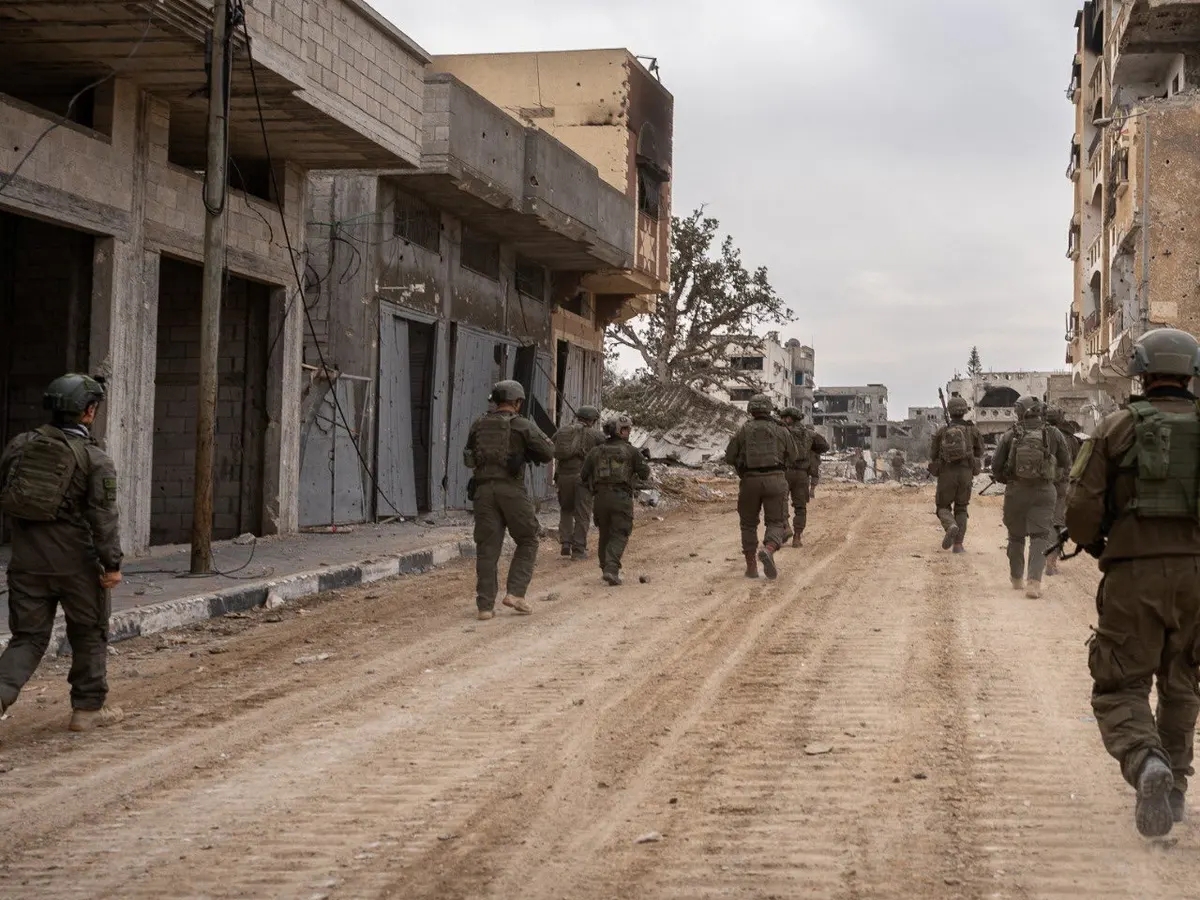The UK train that shouldn’t exist
One hundred and fifty metres underground, however, there's a tale to be told. In the 1870s, a tunnel was built beneath the moor. It was as straight as an arrow, as dark as a mine and stretched for almost 1.5 miles.
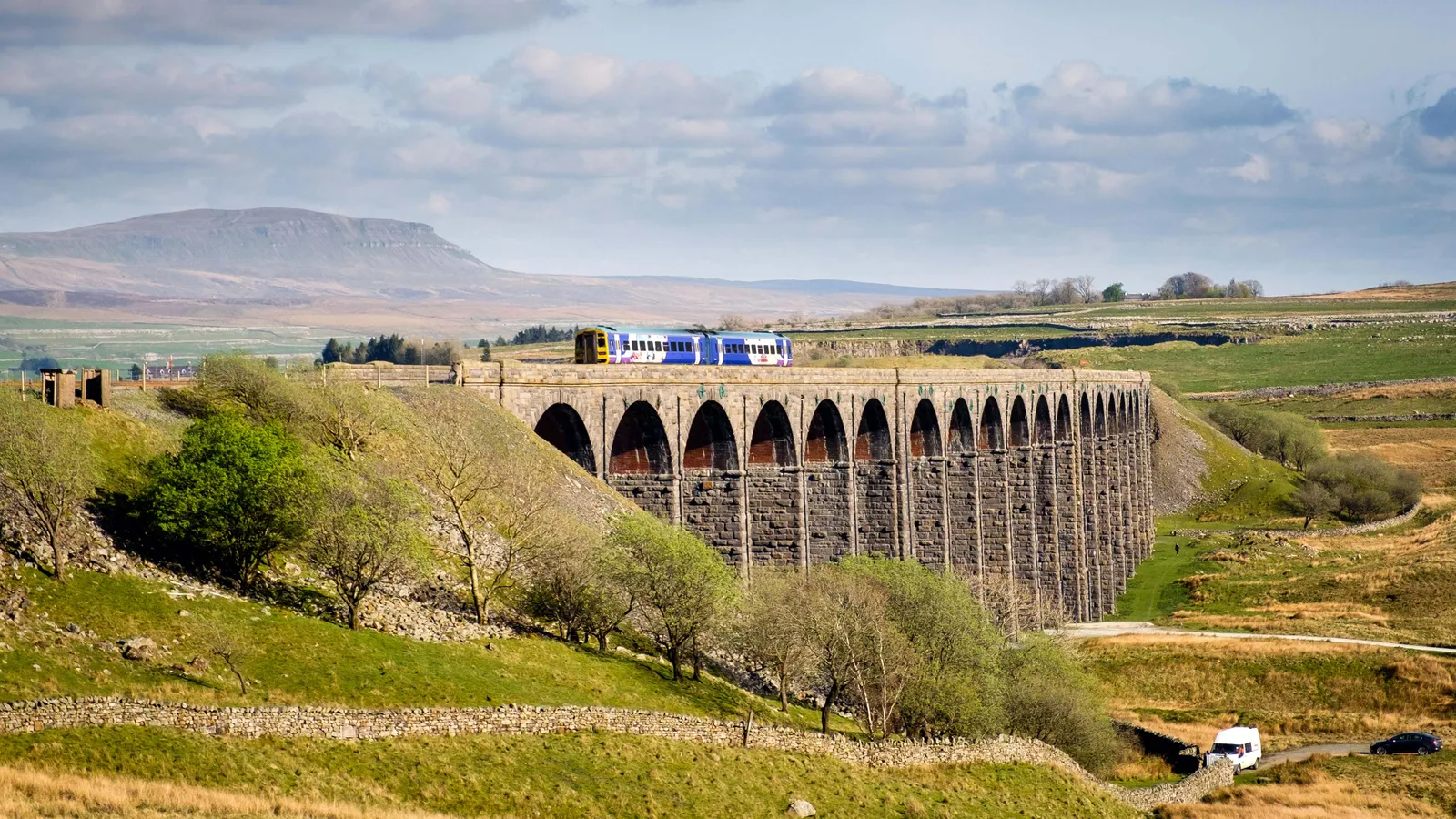
The Settle-Carlisle line is the most scenic rail route in England: a 73-mile trundle through the wide fells of Yorkshire and Cumbria. But it was only built because of dented pride.
Blea Moor is a lonely spot. From the gritstone crag at the moor’s summit, the fells of the Yorkshire Dales National Park billow out to all directions, their flanks fern-green and windswept. Located in northern England, the park has many focal points, but the remote moor is not one of them; save for the passage of a few hardy walkers, it sees little activity. The breeze blows cold up here.
One hundred and fifty metres underground, however, there’s a tale to be told. In the 1870s, a tunnel was built beneath the moor. It was as straight as an arrow, as dark as a mine and stretched for almost 1.5 miles. The gangs on the task used handpicks and dynamite to scrabble their way through the earth – an arduous, airless job that took them four years and required seven construction shafts to be sunk into the bedrock from above.
Fast forward to today and my train – a little three-carriage trundler with a cheery ticket inspector – is travelling through the same, hard-gained underpass. The Blea Moor Tunnel forms a key part of the 73-mile Settle-Carlisle Railway Line, which opened for passenger services in May 1876. The line is one of the most extraordinary stretches of rail track in the UK, partly due to the bleakly beautiful countryside it passes through, partly due to near closures in the 1960s and 1980s and partly due to the fact that it was ever built at all.
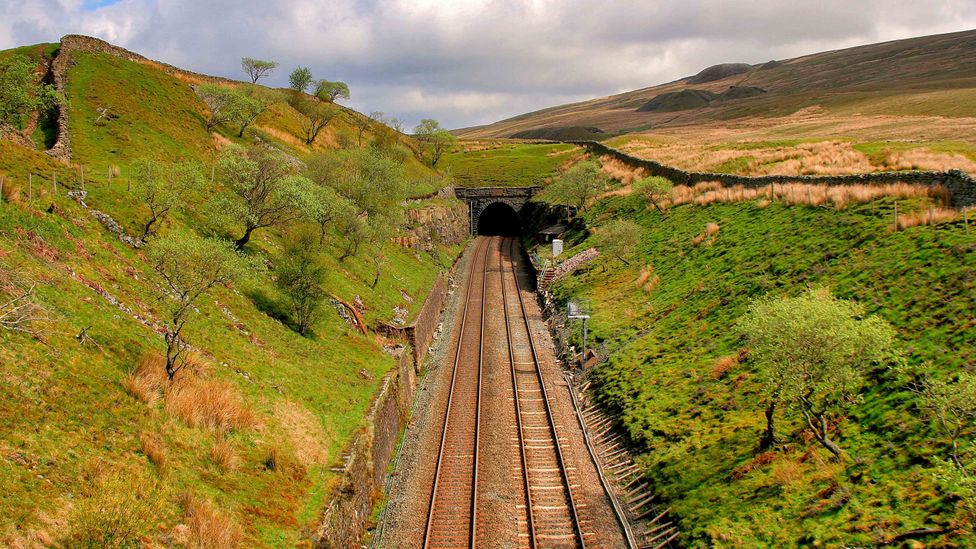
But right now, I’m on the move. Riding the train is akin to one of those immersive cinema screens that tugs your gaze left and right. Mountains rear up on both sides of the track, plunging again to reveal vast sun-patched valleys dotted with distant hamlets. The track crosses boggy plateaus and winds along tussocky slopes, with some 14 tunnels and 21 viaducts marking its way through the wild hills. On board, the aisle trolley sells branded Settle-Carlisle bookmarks and keyrings alongside cans of locally brewed beer. This is not a normal feature of the national rail network – but then the line’s construction was no standard feat.
“Your first thought is that (the terrain) is impenetrable even to the most skilful and daring engineer,” stated an editorial in the Sheffield Daily Telegraph newspaper a week before the line’s public launch. “The great Pennine Chain, the rocky steeps of Ingleborough, Wild Boar, Whernside and Shap Fells – these are not favourable to the construction of a Railway.”
The 6,000 or so men employed to build the line – at least 72 of whom were killed in accidents or died during smallpox outbreaks in poorly sanitised work camps – would doubtless have agreed.
The line runs on a broadly south-north axis and is almost entirely rural, snaking from the Yorkshire market town of Settle to the Cumbrian city of Carlisle, which sits a short distance from the Scottish border – and therein lies the railway’s raison d’être.
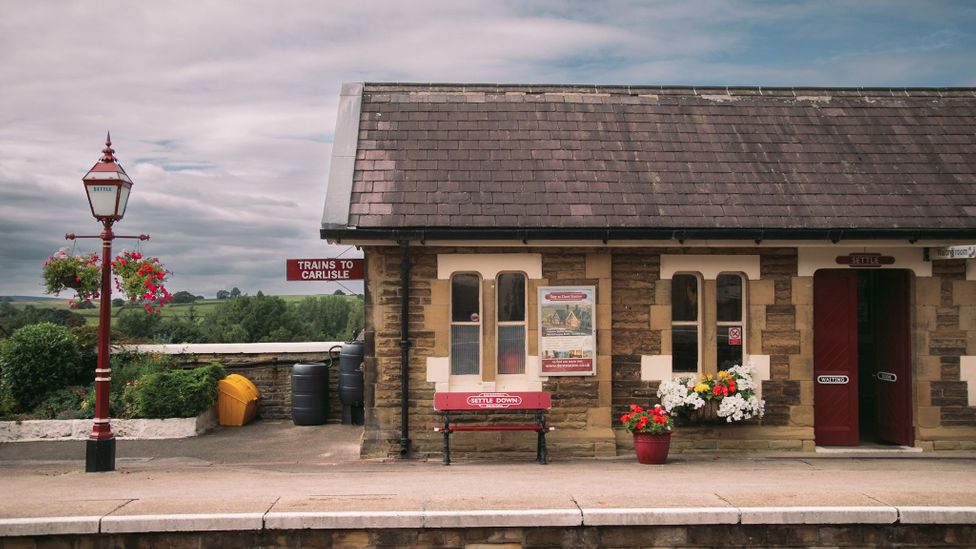
Back in the 1860s, the Midland Railway Company was looking to snaffle a share of the lucrative cross-border rail trade to and from Scotland. The existing north-south lines, which travelled either side of the Pennine mountains, were run by rival companies who spurned Midland’s pleas for partnership. Midland, its pride dented, was left with one option: build a line through the hills.
The company applied for permission from Parliament in 1865 and was awarded the right to go ahead with the project. In an unforeseen twist, however, Midland had also succeeded in striking a deal to share one of its competitors’ lines. But the government, for reasons that we can be grateful for today, refused to let the company back out of the initial arrangement, effectively forcing Midland to embark on the hugely costly process of laying more than 70 miles of trackway through the region’s dipping, rearing contours.
Even with modern technology, building a railway like this would be a massive undertaking
“The line passes through the heart of some of England’s loftiest hill country, skirting the base of Cross Fell, the highest point in the entire Pennine chain,” explained outdoor writer Vivienne Crow, whose Eden Valley walking guidebook uses the line for several of its hikes. “Passengers don’t just gaze out at distant scenery – they are immersed in it, with the railway forming part of the landscape. Even with modern technology, building a railway like this would be a massive undertaking, so it’s hard to imagine the skill, effort and ingenuity that must’ve gone into it in the 19th Century.”
Surprisingly, perhaps, no corners were cut. The work took longer than planned and finished way over budget, but the result was a defiant, durable railroad through the Dales. Neat little stations with pitched roofs and fresh paintwork appeared along its length, including Dent, which at 350m above sea level was – and still is – the highest stop in England. Meanwhile, features such as the handsome Ribblehead Viaduct – a 24-arch colossus which, for sheer architectural chutzpah, rivals Scotland’s limelight-hogging Glenfinnan Viaduct – turned the whole thing into a spectacle as much as a service line.
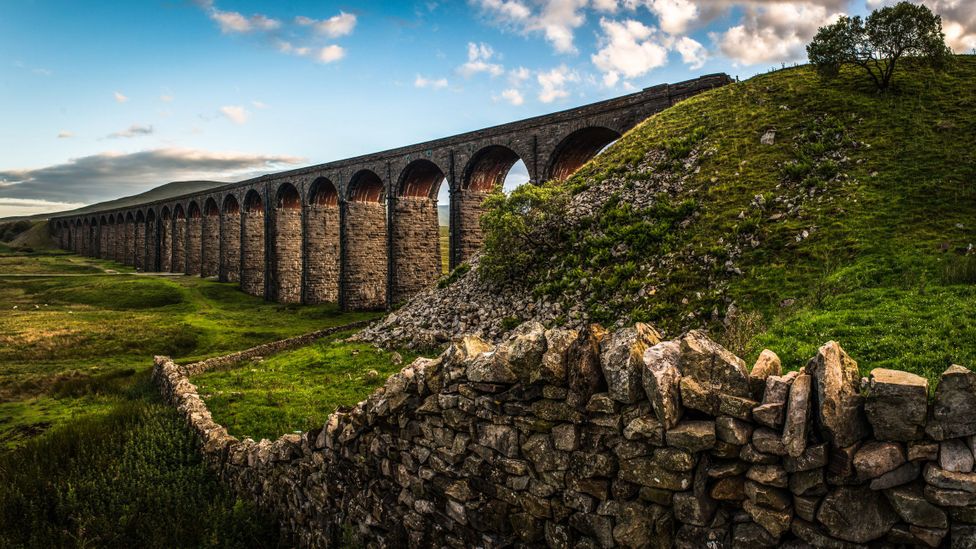
“It was the last mainline railway in England to be almost entirely constructed by hand,” explained Drew Haley, the former general manager of the Settle-Carlisle Railway Development Company, a community partnership dedicated to the line, “and they built something beautiful.”
This description remains true year-round, of both the line and the landscape. I’ve previously taken the train on a snow-dusted winter’s day, when the peaks loomed pale and the stations passed by like Christmas-card scenes, but on this summer afternoon, the views are bright on the slopes and lush in the valleys. For the 100 minutes that it takes to journey from start to end, the scenery barely lets up.
A century after being built, however, the line was falling on tough times. The infamous Beeching cuts of the 1960s – an effort from the chair of the now-defunct British Rail, Richard Beeching, to streamline the rail network by shutting thousands of stations – saw almost all the stops along the line closed. By the 1980s, with the track being used by just a handful of freight and passenger trains and some of the infrastructure decaying, British Rail proposed mothballing the Settle-Carlisle for good. This didn’t go down well with the locals.
“Growing up in Yorkshire, my earliest memories of the line were the closure debate in the 1980s,” Haley said. “It used to be on the telly that they were campaigning to save this famous historic line that had been built through the rugged North Pennines and cost so many lives. It became a massive campaign because people cared about it.”
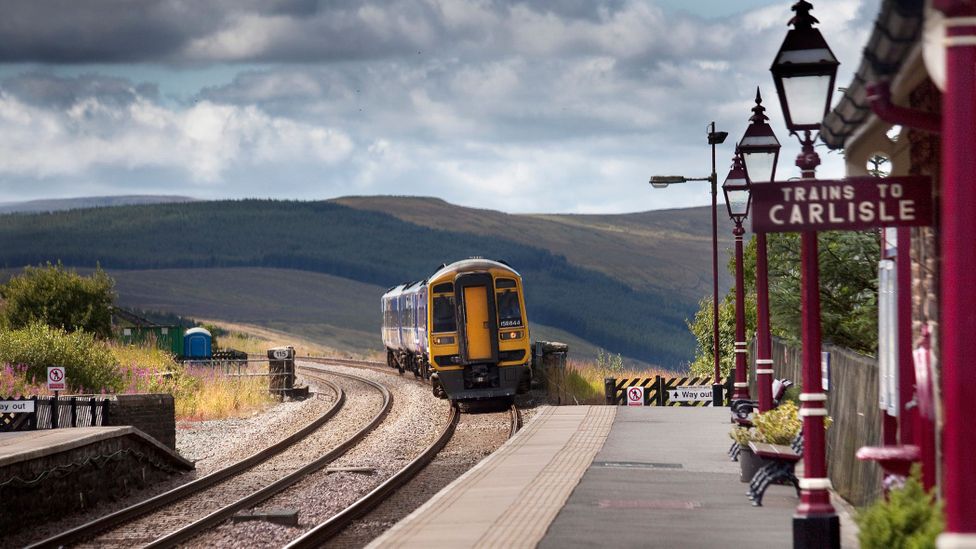
A petition was subsequently presented to Parliament, signed by tens of thousands of people (as well as the pawprint of a local dog named Ruswarp, now immortalised with a bronze statue on the platform at Garsdale Station, midway along the line). The weight of support was such that, in 1989, the Settle-Carlisle was granted a reprieve by the government. Facilities were upgraded; stations were spruced up and restored to their former glory; passenger numbers increased. The line has barely looked back since.
To travel along it today is more than just an opportunity to gaze at rolling fells. Scheduled passenger services still rumble down the line seven times a day each way, traversing every bridge, viaduct and tunnel of the original route. Even the prolonged blackout that comes when passing through Blea Moor Tunnel gives a chance to reflect on the sweat and toil of more than a century and a half earlier. And when you reach Carlisle? Your best bet is to grab a pint at the platform pub – the aptly named 301 Miles From London – have a wander, then do the only sensible thing remaining: hop back on board for the return trip.
“It represents hardship and perseverance,” Haley concluded. “People sacrificed their lives for this line. Should it ever have been built? Probably not. But it was, so we’ve had to fight to keep it. It symbolises something of the human spirit.”
-BBC






